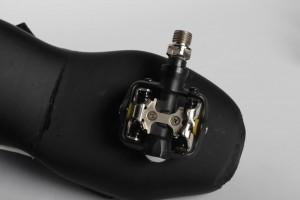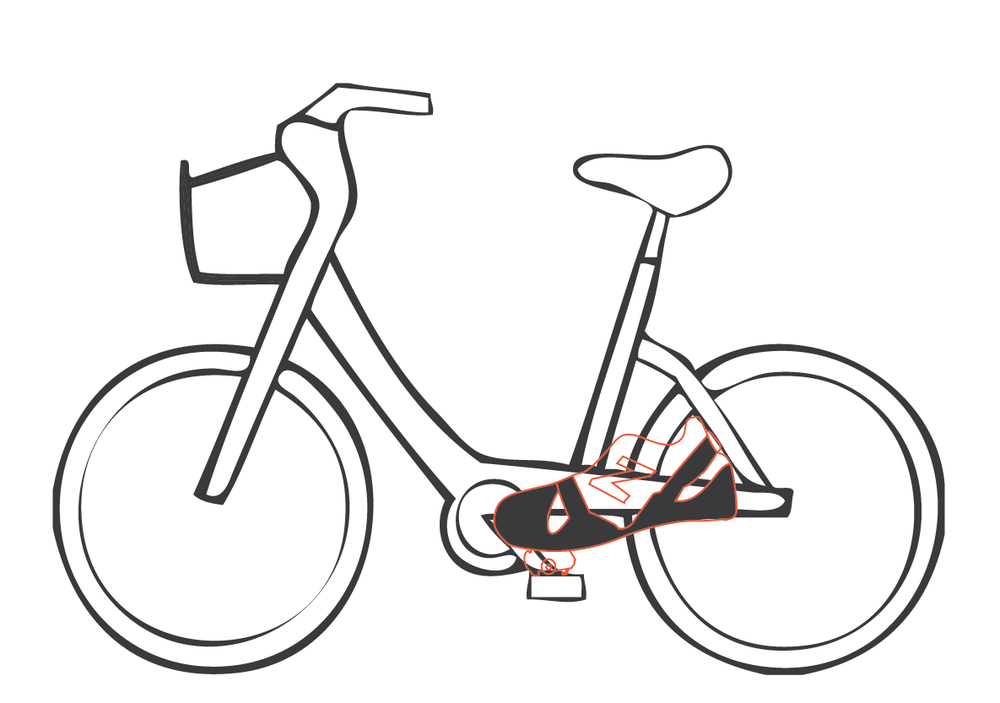 Students these days are much more up to speed on health issues as better nutrition and exercise programs are heavily encouraged. School lunches are healthier, more parents are going vegan and vegetarian, and smoking cigarettes is, thankfully, on the decline.
Students these days are much more up to speed on health issues as better nutrition and exercise programs are heavily encouraged. School lunches are healthier, more parents are going vegan and vegetarian, and smoking cigarettes is, thankfully, on the decline.
Recreational drugs and alcohol abuse are also a no-no for most educated kids on the suburban scene these days who realize it’s just not cool. Athletes are bigger and better role models than ever, with both sexes in the headlines featuring healthy, vibrant individuals excelling in every sport from soccer to tennis to running and cycling — and everything in between, with many of these athletes crossing over into multiple sports.
What has also come majorly into play with the coolness factor for students is the technogeek persona. Science is hip; being smart is in. It’s exciting to be the star student or to be in a group that knows about new technology from the newest in electronics to 3D design and 3D printing. Most kids like gaming, hacking, and they know their way around a PC like it’s nobody’s business. Icons like Steve Jobs have made innovating something kids want to reach toward, as they realize that with new technology like 3D printing, their concepts and designs can become reality — from their workshops or desks — and they don’t have to wait to manufacture their own prototypes.
 Middle- and high-school students in Boston involved in researching a variety of health and wellness subjects took on a project that certainly interests most kids at that age as well: footwear. Developed at NuVu Studio in Cambridge, the students teamed up with area experts and professionals as well as famed shoe designer and manufacturer New Balance, to invent a 3D printed shoe to help cyclists ride like the wind, as well as offering safety, comfort, and affordability.
Middle- and high-school students in Boston involved in researching a variety of health and wellness subjects took on a project that certainly interests most kids at that age as well: footwear. Developed at NuVu Studio in Cambridge, the students teamed up with area experts and professionals as well as famed shoe designer and manufacturer New Balance, to invent a 3D printed shoe to help cyclists ride like the wind, as well as offering safety, comfort, and affordability.
As is the case with sports sneakers and shoes for teenagers in general, cycling shoes can be exorbitantly expensive, pricing novices right out of the market. Students Leo Connelly, Jesse Roberts, Max Steinberg, and Joey Raskin-Lantos worked with coaches Saeed Arida, Rosie Weinberg, and Nathan Melenbrink to design something innovative, reaching for better affordability for young beginners interested in cycling and participating in triathlons. The students point out that many people are not aware that the shoes really are an absolute necessity — at any level.
Embarking on an incredible learning journey with 3D design, using Rhino, Grasshopper, and 3D printing, the students came up with a fantastic idea in the form of an ‘exoskeleton,’ which is a bicycling cleat that simply fits onto the cyclist’s existing shoe with straps.
The cyclist’s exoskeleton can be 3D printed in just a matter of hours, and in a true gamechanger for the way shoes of all kinds can be made – sizes can be tweaked in a matter of moments in Grasshopper. The cycling shoe exoskeleton is affordable, durable, and the athlete can rely on its quality, as well as its versatility, in that when they are done cycling, they simply slip out of the exoskeleton and are left with their running shoes on underneath — saving a great deal of the hassle and inconvenience that can ensue when toggling between biking and running in a triathlon.
 To develop the concept from their basic design idea, they broke up the work:
To develop the concept from their basic design idea, they broke up the work:
- Jesse created sketches and designs in Rhino.
- Max created the shoe and the 3D model in Rhino using T-Splines software to afford easy ‘morphing.’
- Leo worked in Grasshopper designing easy re-sizing of the shoes.
In the design evolution, they went from a cardboard prototype to an actual 3D printed prototype, but they were having challenges with scale. This was a great learning experience regarding 3D printing as they had to problem-solve. The solution was discovered by the team as they learned how to 3D print the shoes in two pieces.
“We were only able to print one half of [it] to begin but it was enough to realize that we had created a usable, shoe like product that one could not only be stepped into, but walked around in. This design also had the capability to lock into an actual bike pedal,” stated the team in their project summary. “The biggest problem with this iteration, the last one before the final, was that the shoe was too big, and somewhere in the T-Splines and Rhino process the model that we were basing the exoskeleton off of got scaled up too big. Once this was scaled back down, and the toe overhang was brought down a tad, we printed our final product.”
Through learning how to use Grasshopper for 3D modeling, they were able to make the shoes customizable in length and width — throughout different areas of the shoe — making for a truly form-fitting cyclist exoskeleton shoe.
The project was completed at NuVu Studios, which has a progressive approach to secondary education and allows students to enroll, whether from a traditional or homeschool setting, for a trimester, semester, or year. Students who attend are accepted regarding the merits of their portfolios which exhibit work in computer science, engineering, music, or the arts. They are an ‘innovation school’ that works on creative, collaborative projects, with each project usually lasting about two weeks.
The 3D printed shoes, along with many other projects coming from NuVu, can obviously be helpful to many individuals participating in cycling and triathlons, and we look forward to reporting on further news regarding how their product might be used in the mainstream.
Do you think the NuVu students have hit on the wave of the future for cycling footwear — and maybe all sorts of sports-oriented shoes? Is this a product you would be interested in making or owning? Tell us your thoughts in the 3D Printed Cycling ExoSkeleton Shoe forum thread over at 3DPB.com.

Subscribe to Our Email Newsletter
Stay up-to-date on all the latest news from the 3D printing industry and receive information and offers from third party vendors.
You May Also Like
3D Printing Unpeeled: New Arkema Material for HP, Saddle and Macro MEMS
A new Arkema material for MJF is said to reduce costs per part by up to 25% and have an 85% reusability ratio. HP 3D HR PA 12 S has been...
3D Printing News Briefs, January 20, 2024: FDM, LPBF, Underwater 3D Printer, Racing, & More
We’re starting off with a process certification in today’s 3D Printing News Briefs, and then moving on to research about solute trapping, laser powder bed fusion, and then moving on...
3D Printing Webinar and Event Roundup: December 3, 2023
We’ve got plenty of events and webinars coming up for you this week! Quickparts is having a Manufacturing Roadshow, America Makes is holding a Member Town Hall, Stratafest makes two...
Formnext 2023 Day Three: Slam Dunk
I’m high—high on trade show. I’ve met numerous new faces and reconnected with old friends, creating an absolutely wonderful atmosphere. The excitement is palpable over several emerging developments. The high...































